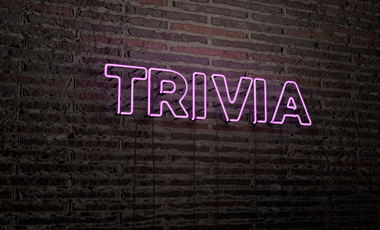Employee training and coaching is critical to maintaining success in a business environment. This applies to initial onboarding, skill improvement, and the introduction of new products or procedures.
The challenge is providing the right training to the right people, at the right time. Using traditional methods, however, this is getting harder and harder as employees become more technologically savvy and less patient.
Traditional training is often simply not very memorable for many people, due to length or lack of focus. Compounding this weakness, coaching is far too infrequent, making reinforcement of its messages a difficult task using common methods. The result is thousands of hours wasted on repeated information searches, either independently or through questions asked of peers, that should have been known already.
Many companies are looking for ways to “upgrade” their corporate training and coaching to suit the modern employee. This may involve leveraging unused information retention tools the companies already have access to or adopting new technologies. With these kinds of new strategies, many very large companies like PayPal and Walmart have already seen improved performance, more frequent learning, and reduced training costs.
Adaptive Training for Personalized Results
James Flaherty, a sought-after personal development coaching guru, summarizes the objective of what he does as leaving people “more competent and more fulfilled, so that they are more able to contribute to their organizations and find meaning in what they are doing.”
That is an excellent statement of what today’s corporate training and professional skills coaching should do, as well. Experience has shown that the most effective and direct path to such meaning and fulfillment, alongside improved competence, is personalization.
Adaptive technologies brings personalization to personnel training, subtly moving employees to where you want them - by making them want to be there.
The adaptive management approach to training can start right from scheduling. Based on a clear identification of specific employee character traits, coaching sessions can be more or, for the self-starter, less frequent, in a team setting or one-on-one, involve more audiovisual aids or more interpersonal activities, and other adaptations. The same adaptive scheduling, of course, must also take into account the cost-effectiveness of any given session, such as by planning training to coincide with designated downtimes or forecasted lulls in activity.
An Adaptive Enterprise also gives structure to peer coaching, preferred by many employees, making it far more effective. On the one hand, an adaptive technology solution would automatically pair complementary employees based on skill sets, relative strengths, and perhaps even personality types. On the other hand, the system would also incentivize peer coaching by rewarding stronger employees for volunteering to share their knowledge.
Another adaptive training option that could provide real-time guidance is the virtual coach. This is a part- or mostly artificial intelligence bot designed to chat with employees at key points throughout their work day, offering immediate feedback, advice and coaching personalization. (You can read more about these adaptive artificial intelligence coaches here.)
No matter the coaching option chosen, an Adaptive Enterprise uses detailed, relative metrics to determine the effectiveness of the training. A particular employee’s performance can only be meaningfully assessed in comparison to other employees of the same tenure, using the same skill set in similar situations. Such relative metrics allow managers to focus on very specific, measurable and attainable coaching objectives. Such insight, for example, may reveal that an employee has completed an assigned coaching package, but not shown the expected improvement.
The benefits of adaptive training
Beyond formal coaching sessions, adaptive training for the modern employee must include a self-directed aspect. The most effective of these are agile trivia features that include brief video clips, quizzes on designated business or product information, a virtual scoreboard for the gamification of constructive internal competition, and the like. With quick interactions available whenever the employee chooses to engage, from a desktop or mobile device, these features can adapt to ensure knowledge gaps are filled and positive behaviors reinforced. In addition to encouraging self-improvement, results from these self-directed challenges can be a source of data for determining coaching strategies and post-coaching effectiveness.
Finally, the rewards for coaching-based improvement should be as personally adapted as the coaching itself. That is where real-world, material incentivization comes in. An Adaptive Enterprise needs to include a virtual marketplace where recognition of personal accomplishments, perhaps in the form of accumulated points, can be voluntarily converted into workplace rewards. These could include, for example, the right of first choice for preferred shifts or additional days off, and the like.
With a holistic approach and adaptive training, encompassing the process from scheduling to rewards, companies can entirely transform coaching, making it far more engaging and cost-effective.
And your employees will thank you for it.



